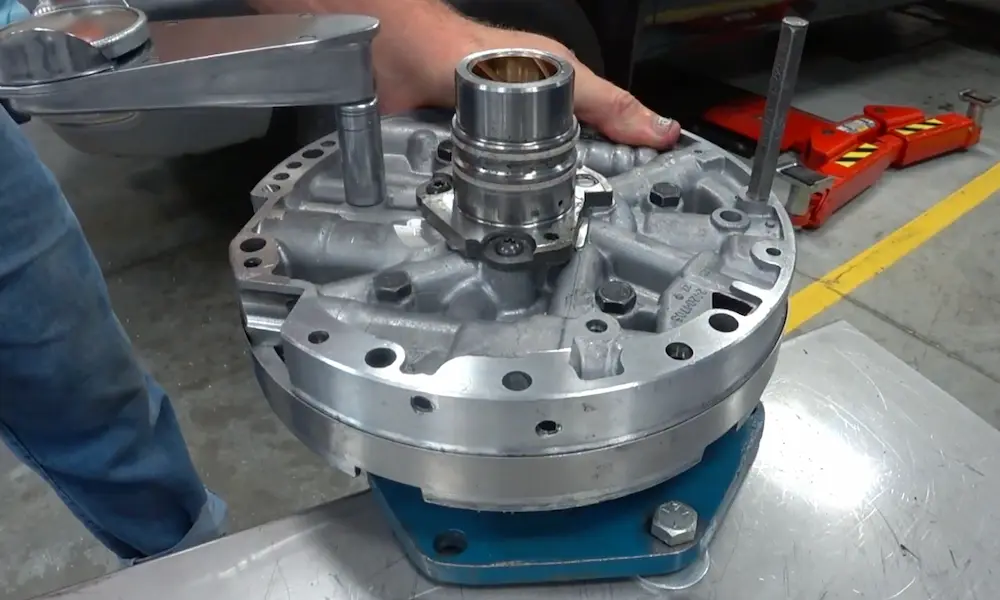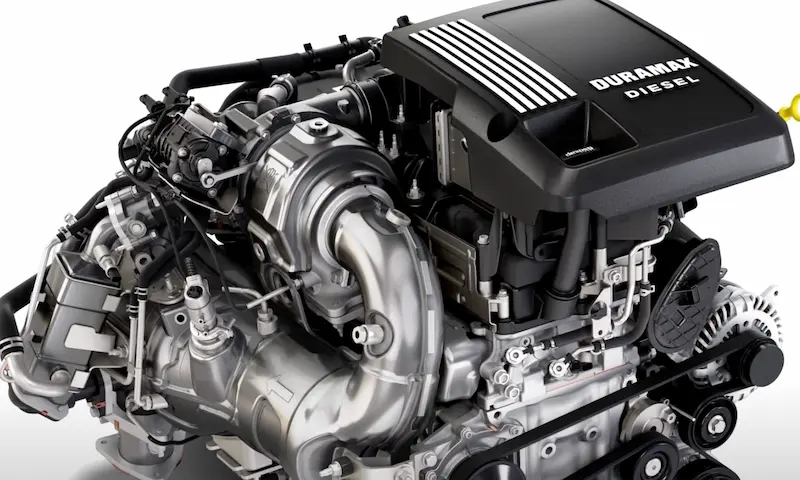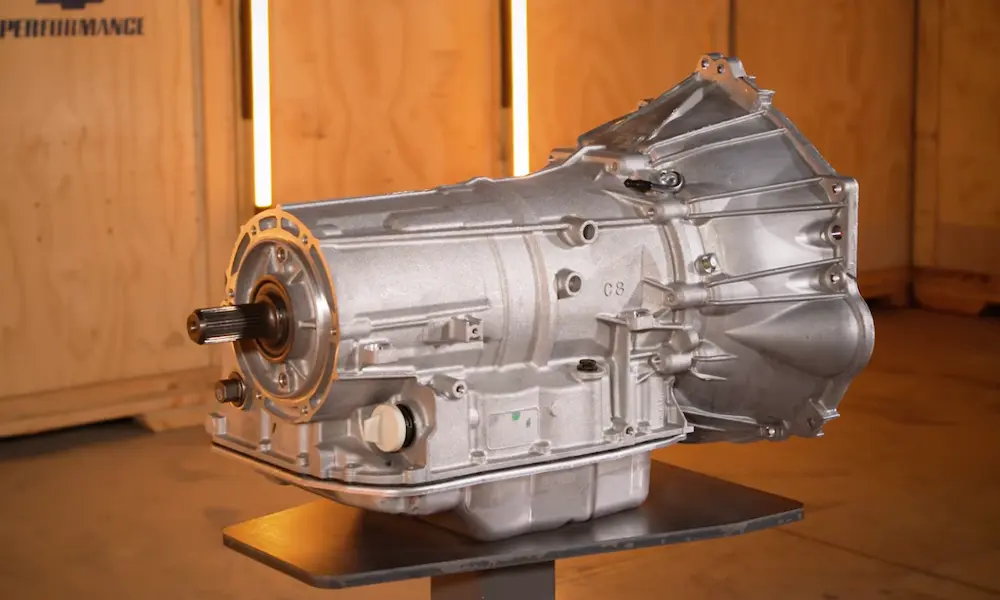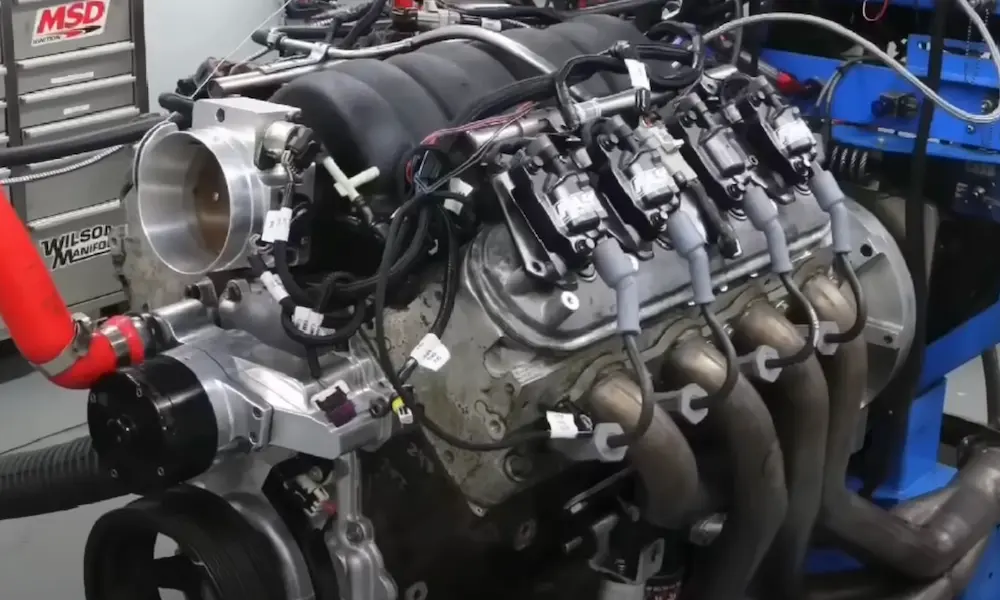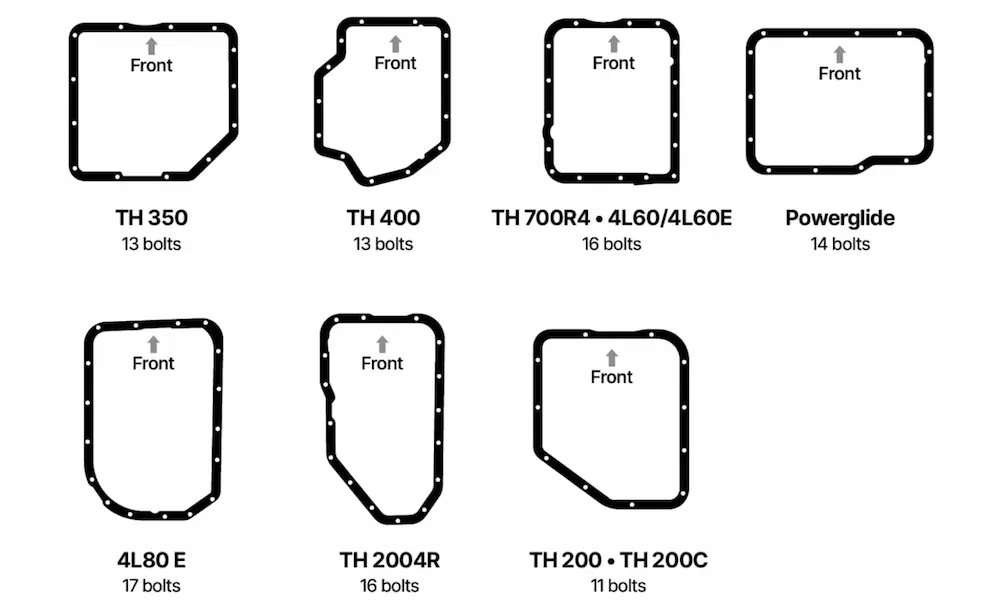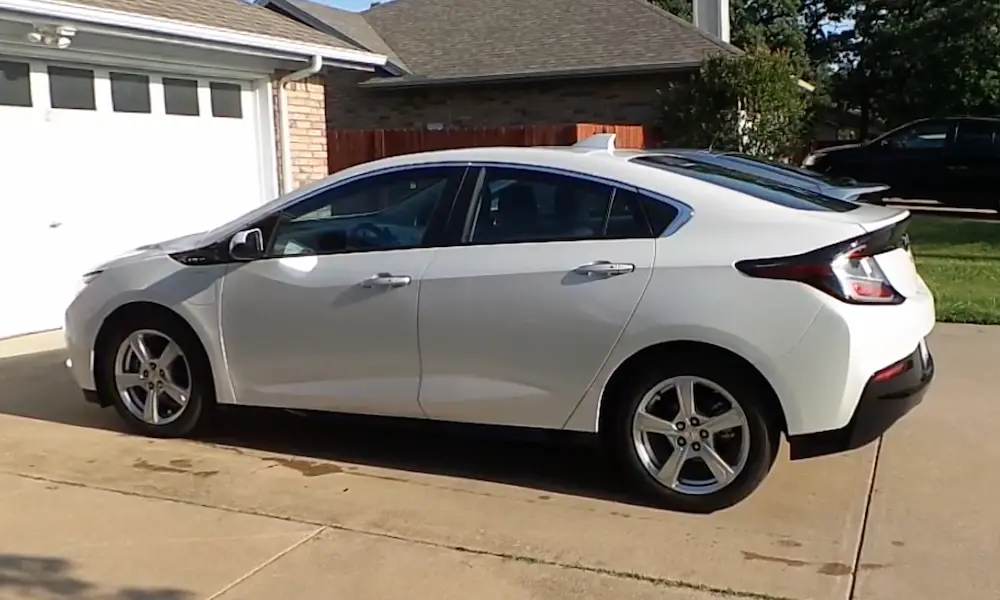It’s frustrating when your truck isn’t running right. If you’ve got a GM 5.3L EcoTec3 L83 V8 engine in your Silverado, Tahoe, or Sierra, you might be experiencing some common issues that plague these otherwise powerful engines. Understanding these problems can save you thousands in repair costs and help keep your truck on the road longer.
What is the L83 Engine?
The L83 is a 5.3L V8 engine that GM introduced in 2014 as part of their EcoTec3 family. This aluminum block engine powers many popular GM trucks and SUVs including:
- Chevrolet Silverado
- Chevrolet Tahoe and Suburban
- GMC Sierra and Yukon
Designed to balance power with fuel efficiency, the L83 produces about 355 horsepower and 383 lb-ft of torque while incorporating fuel-saving technologies like direct injection and Active Fuel Management (AFM).
Most Common L83 Engine Problems
AFM Lifter Failures
AFM (Active Fuel Management) allows the engine to run on just 4 cylinders during light loads to save fuel. Unfortunately, this system is responsible for about 40% of reported L83 engine failures.
The problem typically occurs when the collapsible lifters in deactivated cylinders seize or collapse, which can:
- Bend pushrods
- Damage camshafts
- Create a distinctive ticking noise
- Trigger check engine lights
These failures usually happen between 70,000-120,000 miles and can cost over $3,500 to repair when the camshaft and lifters need replacement.
Carbon Buildup on Intake Valves
Direct injection improves power and fuel economy, but it creates a significant drawback: carbon buildup on intake valves. Without fuel washing over the valves (as in older port injection systems), carbon deposits accumulate over time.
By around 100,000 miles, this buildup can cause:
- Rough idle
- Misfires
- Power loss (10-15%)
- Poor fuel economy
Cleaning requires special procedures like walnut blasting, which costs $400-800 at dealerships.
Excessive Oil Consumption
About 30% of L83 owners report oil consumption exceeding 1 quart per 1,000 miles. This stems from several issues:
- AFM lifter seal degradation
- PCV system problems
- Low-tension oil rings optimized for fuel economy
GM released a technical service bulletin (19-NA-036) addressing this issue, but many vehicles fall outside warranty coverage.
High-Pressure Fuel System Problems
The direct injection system operates under extreme pressure, which can lead to failures of key components:
- High-pressure fuel pumps (HPFP) develop internal wear
- Fuel injectors can clog or develop electrical faults
- Pressure regulators may fail
Symptoms include hard starts, power loss, and DTCs like P0087. GM issued a recall (14V-046) for early fuel pump leaks, but problems persist in later models.
Which Model Years Have the Most L83 Problems?
The 2014-2016 L83 engines show higher failure rates, particularly with the fuel system and AFM components. Post-2019 models incorporate some improvements to the lifter design and oiling system, making them somewhat more reliable.
| Model Years | Common Problems | Reliability Rating |
|---|---|---|
| 2014-2016 | HPFP failures, AFM issues, oil consumption | Poor-Fair |
| 2017-2018 | Carbon buildup, AFM lifter failures | Fair |
| 2019+ | Improved AFM reliability, still susceptible to carbon buildup | Fair-Good |
How to Prevent L83 Engine Problems
You can dramatically increase your L83’s lifespan with these preventive measures:
Proper Oil Maintenance
- Use full synthetic 5W-30 oil
- Change oil every 5,000 miles (not the 7,500+ GM sometimes recommends)
- Monitor oil levels frequently, especially on 2014-2016 models
Consider an AFM Disabler
Aftermarket devices like the Range AFM Delete prevent cylinder deactivation, eliminating the most common cause of lifter failure. You’ll sacrifice about 1 MPG in fuel economy, but potentially save thousands in repair costs.
Use High-Quality Fuel
Top Tier gasoline with higher detergent levels helps reduce injector fouling and combustion deposits, which is crucial for direct-injected engines.
Schedule Carbon Cleaning
Have the intake valves professionally cleaned around 75,000 miles, then every 50,000 miles thereafter to maintain performance and prevent misfires.
Watch for Early Warning Signs
- Ticking noises (especially after warm-up)
- Misfires or rough idle
- Engine hesitation
- Oil consumption increasing suddenly
The Truth About L83 Reliability
With proper maintenance, many L83 engines can exceed 250,000 miles. However, this engine demands more attention than older GM V8s due to its complex fuel-saving technologies.
The biggest reliability factor is how you use your truck:
- Frequent short trips increase carbon buildup
- Towing heavy loads stresses the AFM system
- Highway driving actually benefits longevity
Cost of L83 Repairs
| Repair | Typical Cost | DIY Difficulty |
|---|---|---|
| AFM Lifter Replacement | $2,500-4,000 | Very Difficult |
| Carbon Cleaning | $400-800 | Moderate (with proper tools) |
| High-Pressure Fuel Pump | $800-1,200 | Difficult |
| Fuel Injectors | $250-400 each | Moderate |
| AFM Disabler Installation | $200-400 | Easy |
Key Recalls and Technical Service Bulletins
GM has released several important notices:
- 14V-046 (2014): Replacement of high-pressure fuel pumps for potential fuel leaks
- 19-NA-036 (2020): Updated PCV systems and piston ring designs to address oil consumption
- Various TSBs addressing lifter failures and AFM issues
Is the L83 Engine Worth the Trouble?
Despite its issues, the L83 offers significant advantages:
- Good power-to-efficiency ratio
- Solid towing capacity
- Smooth operation when properly maintained
- Widely available parts and knowledgeable mechanics
The key is understanding what you’re getting into. If you’re buying used, look for:
- Complete service records
- Evidence of AFM disabler installation
- Later model years (2019+) if possible
- No signs of lifter noise or oil consumption
Beyond the L83: Alternative Options
If you’re concerned about L83 reliability:
- Consider trucks with the L8B variant (2016-2018), which shows better durability
- Look at 2019+ models with Dynamic Fuel Management (DFM) in the L84, which improves on AFM
- Investigate aftermarket companies that offer “de-AFM’d” remanufactured L83 engines
Transmission Considerations with the L83
While not an engine issue directly, many L83-equipped trucks (2015-2018) came paired with the 8L90 8-speed automatic transmission, which has its own reliability concerns:
- Rough shifting
- Torque converter shudder
- Premature wear
These transmission problems can make overall ownership experience more frustrating, even if the engine is running well.
In trucks with high mileage, using the correct transmission fluid (Mobil 1 Synthetic LV ATF HP) can help alleviate some issues.
Real-World L83 Experience
Many owners report these engines running strong past 200,000 miles when:
- AFM is disabled early in the vehicle’s life
- Oil changes are frequent and meticulous
- Carbon buildup is addressed proactively
- The truck isn’t constantly used for maximum towing
The L83’s reputation suffers primarily from owners who follow the minimum maintenance schedule or push the engine beyond its design parameters.
Making the L83 More Reliable
If you already own an L83-powered truck or are considering buying one, these modifications can significantly improve reliability:
- Install an AFM/DFM delete device
- Add an oil catch can to reduce carbon buildup
- Use a quality engine oil additive with ZDDP for better lifter protection
- Consider a custom tune that optimizes for reliability over fuel economy
Remember, the L83 can be a solid engine when its weaknesses are addressed proactively rather than reactively.



